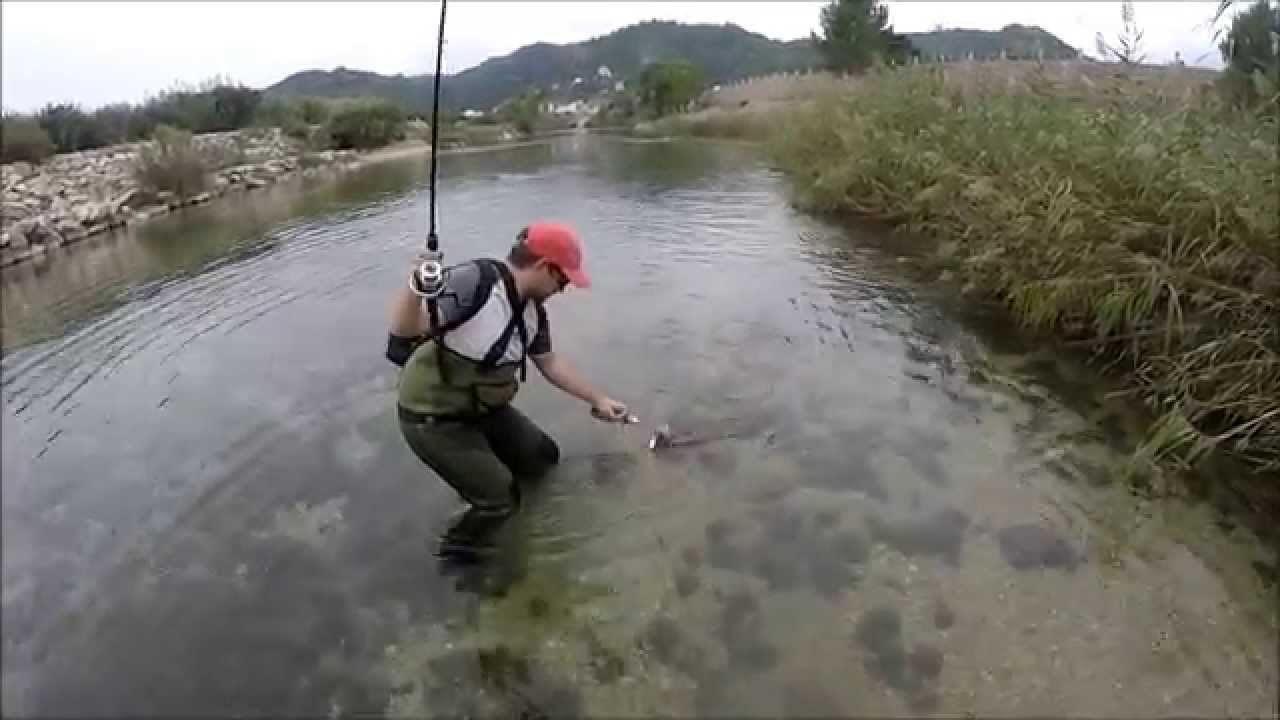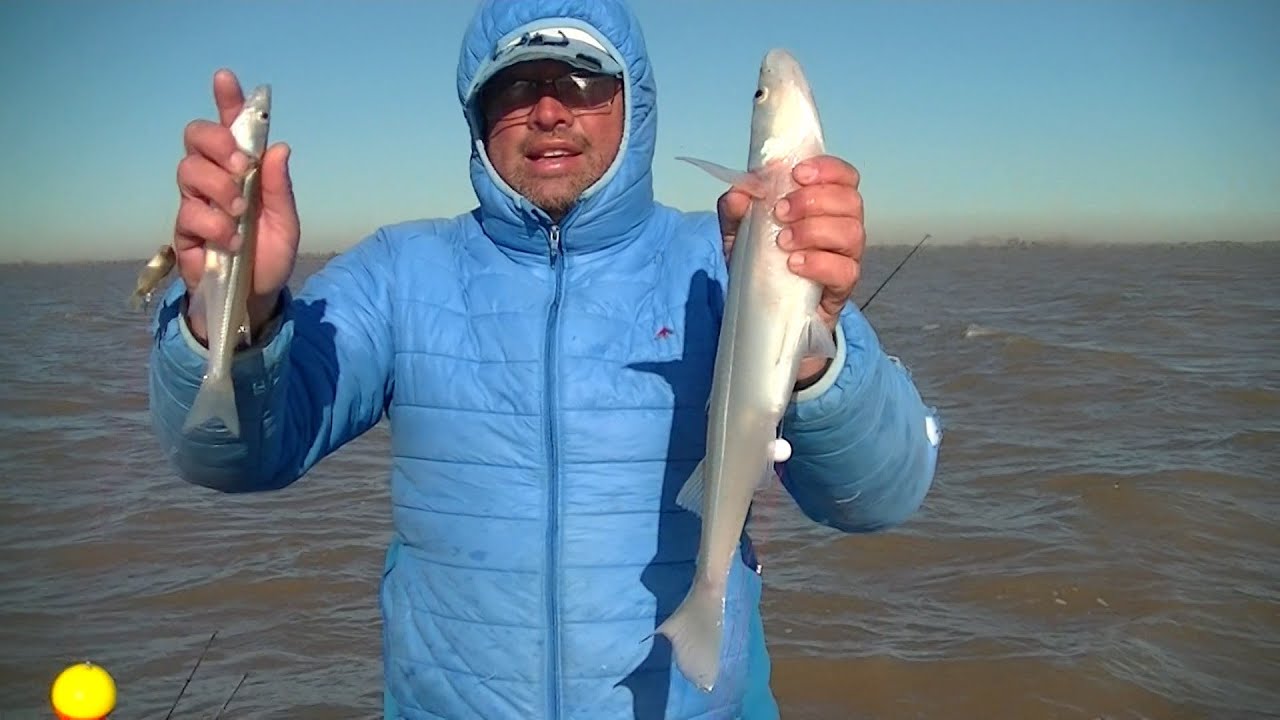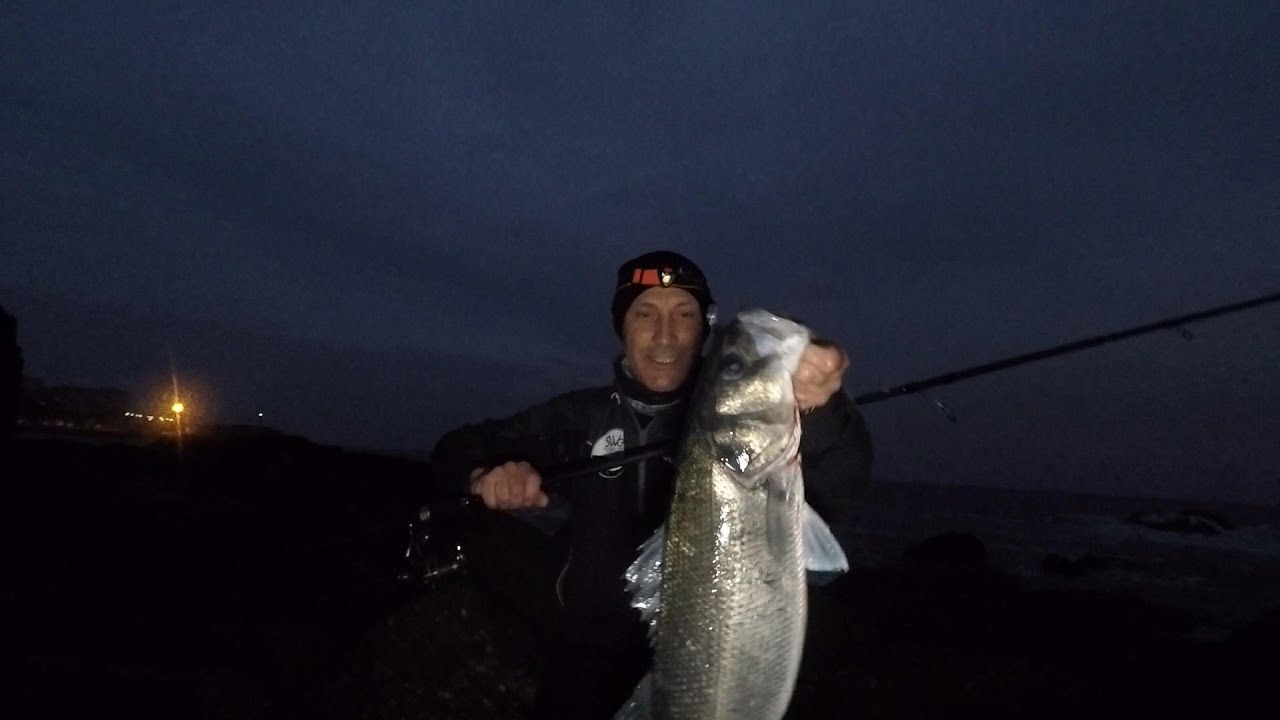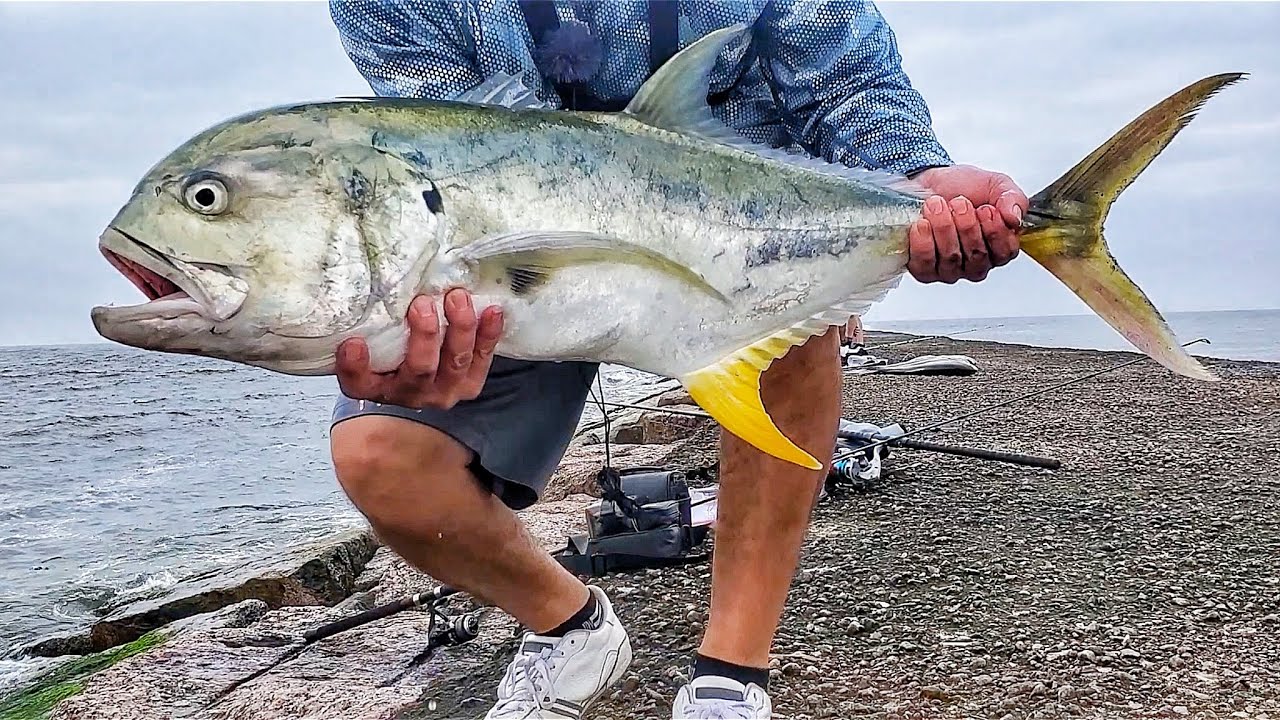The line and the hook are two of the essential tools in fishing. To make a proper assembly of the fishing tackle, the line or thread must be chosen properly. Likewise, the type of hook, since we must adapt it to the type of fish and its size.
To clarify these doubts, let's review some aspects to keep in mind when choosing both and doing our fishing with nylon and hook in a productive and very effective way.

How to fish with line and hook
fishing nylon
Have you ever wondered what type of line to use for your inland or sea fishing? This is a question that every fisherman assumes, this is because there is so much variety on the market that sometimes it is overwhelming to choose the most suitable: fluorocarbon, invisible, high resistance, fine, braided, monofilament and so on.
The monofilament or nylon lines They are one of the most required, these are made from a polymer called polyamide. One thing I love about this guy is that they come in assorted colors, which allows its use in cloudy or not very crystalline waters and makes it easier to spot them. Another peculiarity is that some nylon are hollow style, which makes your buoyancy be fantastic.
If we talk about negative points, abrasion is one of them, since nylon threads are very sensitive to this. That is why, in the old days, nylons were so thick; however, technology has been an ally in this and more resistant and finer threads are currently being achieved.
In relation to the coil, it is necessary to determine the depth of the fishing area and thus have a good amount to be comfortable at the time of casting. Between the most prominent brands of the market we find:
- Berkley
- cinnetic
- Golden Fish Ocana
- PowerPro
- seaguar
- Shimano
- Spider Wire
- Sufix
- sun line
- rods
- YGK
fishing hook
Choosing the fishing hook is another important factor for a successful day. The hooks consist of several parts:
- Punta: sharp end intended to penetrate the mouth of the fish.
- Spike: point intended to hold the fish after biting.
- Curve: is the curved “U” part of the hook.
- Eye: turns out the upper part by which the nylon or fishing line
- Cane: It is the straight part of the hook that connects the “U” curve with the eye.
Many of the common fishing hooks are “J” shaped, however, if you are going to practice catch and release sport fishing there are others specially designed for this. the hooks they come in various sizes and it is advisable to choose one that goes with the type of fish, that is, with the size of its mouth so that it can bite itself and the nail can be made that allows it to be captured.
The recommended thing for fishing with nylon and hook is to make good knots to hold these and that also allows you to use the buoys and other elements such as spoons and others to be able to catch that fish that you want so much with just these two elements and your fishing rod







